Mahindra XUV300 vs Maruti Suzuki Vitara Brezza vs Ford EcoSport vs Tata Nexon: Comparison
The Mahindra XUV300 is an SUV that doesn't entice you to break the bank. But so are Maruti Suzuki Vitara Brezza, Ford EcoSport, and Tata Nexon. So, a face-off was only inevitable. Read on.
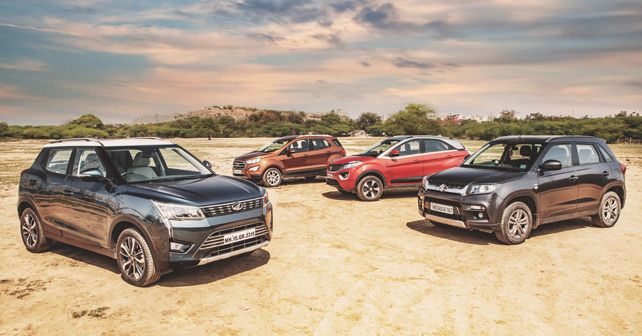
Compact SUVs have come a long way, from topping safety ratings to offering state-of-the-art features and being fun to drive. We look at the XUV300 to see if it can challenge the likes of the Vitara Brezza, Nexon and EcoSport.
A decade ago, if someone were to mention ‘compact’ and ‘SUV’ together, people would wonder what the person was talking about – because the term ‘compact’ was the antithesis of ‘SUV.’ The definition of an SUV was quite straightforward back then – a big, rugged vehicle, capable of going off-road and, of course, giving you a huge ego boost with its commanding driving position.
But, in time, automobile manufacturers realised that most buyers weren’t interested in a vehicle to go off the beaten path, instead what they wanted was a new age SUV – a sleek and sophisticated utility vehicle – with the comfort and prestige of a sedan. But, of course, with the macho image still intact. And all of this with an affordable price tag.
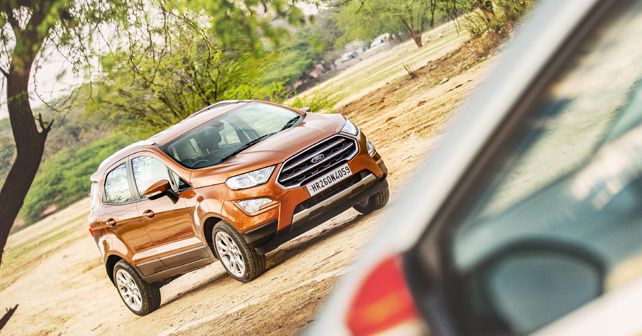
With so many criteria to meet, it looked like a bridge too far for carmakers. But, in 2013, Ford was the first to take on this challenge and launched the EcoSport. And, thus, began the compact SUV segment. Now, after 6 years, this segment not only has seen a significant growth but has also evolved to become the fastest growing segment in the market.
The EcoSport has been a steady performer and, in many ways, the bread earner for the Blue Oval. But, of late, it’s been facing some serious competition from what is now the highest-selling compact SUV, the Maruti Suzuki Vitara Brezza, and what is now the safest vehicle on the block as per the Global NCAP crash test rating, the Tata Nexon. And Mahindra has also made a comeback to the sub-4 metre class, with the all-new XUV300, which is based on the SsangYong Tivoli. So, let’s begin this game of thrones and find out who can lay claim to being the undisputed king of this realm…
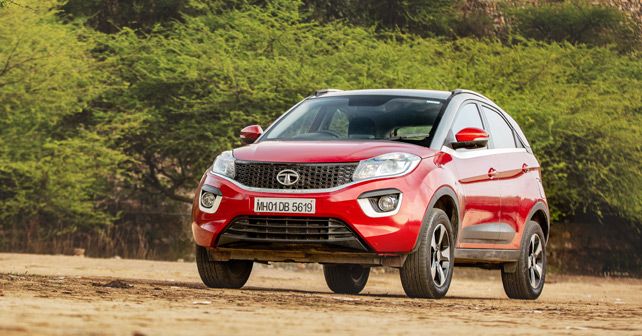
Safety is paramount
Safety has finally become a serious concern. Hats off to the Tata Nexon for receiving a 5-star adult safety rating by Global NCAP and a 3-star rating for child occupant safety. And given the price-sensitive nature of the Indian market, this is no mean feat. Now, before we get any further, let’s just call a spade a spade. Yes, the Nexon is more crossover than SUV, but its dual-tone paint manages to draw a lot of attention – as does its funky rear design.
This positive vibe continues as you step inside the cabin. The Nexon comes with wide and comfortable seats, and it’s worth mentioning that the under-thigh support is one of the best in the segment. The cabin is spacious enough for five adults. And it comes with all the bells and whistles, like a floating 6.5-inch infotainment system, Apple CarPlay and a reversing camera. However, the camera resolution is at best average, and the position of the USB port makes accessing it quite a task. The Nexon also comes with 31 utility spaces, including handy little umbrella slots in the front doors and a sliding tambour door in the centre console.
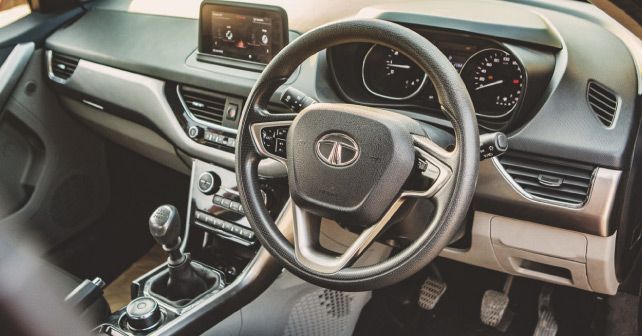
The standout feature of the Nexon is its 108bhp 1.5-litre diesel engine. Thanks to a light clutch and electric power steering, along with 260Nm of torque spread between 1,500 and 2,750rpm, this crossover is a breeze to drive in the city. Go light on the throttle, and you won’t even notice the turbo kicking in at around 1,700rpm.
The Nexon comes with three driving modes – Eco, City and Sport. Eco is all about fuel efficiency, but City mode is what impressed us the most, as it’s apt for day-to-day driving in the city as it offers decent power. Sport mode makes the engine quite engaging to drive on the highway, but we did come across some issues with the engine – like the annoying vibrations that can be felt through the steering wheel in between 2,700 to 3,300rpm.
With a ride height of 209mm, the Nexon’s suspension is a little firm in order to help it maintain good body control. As a result, it feels balanced and remains confident while taking sweeping bends. Unfortunately, our Nexon test car seems to have aged very quickly, and the quality of plastic used in the cabin are below par – especially in comparison to the competition. Also, because of the notchy gearbox and engine vibrations, the Nexon comes fourth on our list.
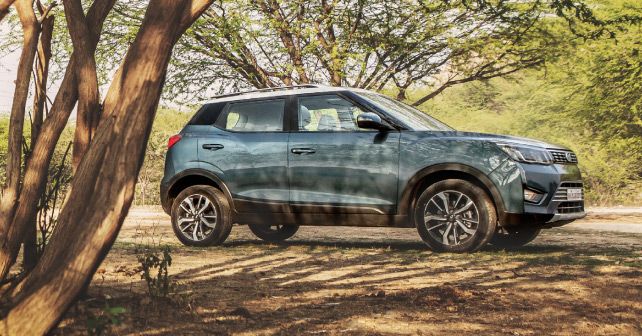
Plenty of Razzmatazz
Mahindra has decided to give up on its rough-and-tough image and ladder-frame chassis, and take a more urban-friendly approach with the monocoque-based XUV300. As mentioned earlier, it’s based on the Tivoli, but Mahindra reduced the length of the XUV300 to 3,995mm from the SsangYong’s original 4.2-metre length. What’s interesting is that the Indian manufacturer retained the 2,600mm wheelbase of the original, making this new sub-4 metre SUV the longest and widest among the four SUVs on the list. You might find it hard to believe, but the wheelbase of the XUV300 is, in fact, 10mm longer than even the Hyundai Creta.
The XUV300’s design is very stylish and looks like a million bucks, thanks to the extended DRLs running from the LED projector headlamps and going all the way to the fog lamps. Unlike the Tivoli, the Mahindra XUV300 gets a chrome garnished front grille. If you look closely, it actually looks like a modern Brezza, with prominent character lines on the bulging wheel arches. We tested the top-of-the-line diesel variant, which gets a dual-tone exterior paint job and 17-inch diamond cut alloys.

As expected, it comes fully loaded with features, like a sunroof – which the competition offers as well. But, to make sure that the XUV300 stands apart, Mahindra has added a couple of first-in-segment features, like front parking sensors, dual-zone air-conditioning, heated ORVMs, a tyre pressure monitoring system, disc brakes on all four wheels, three steering assistance modes – Normal, Comfort and Sport – and 7 airbags, including a driver knee airbag!
In terms of cabin space, the Mahindra feels like a big vehicle, and, in fact, it is – there’s plenty of leg and shoulder room for passengers at the back. The seats are comfortable. The dual-tone cabin has been designed to give it a bit of a premium look, and the plastic quality seems sturdy. But, while we love to give it an unequivocal thumbs up, we noticed that the rubber lining on the front window was coming off, and the A-pillar’s outside panel was loose and ready to pop out. So, the quality of this vehicle is yet to be proven.
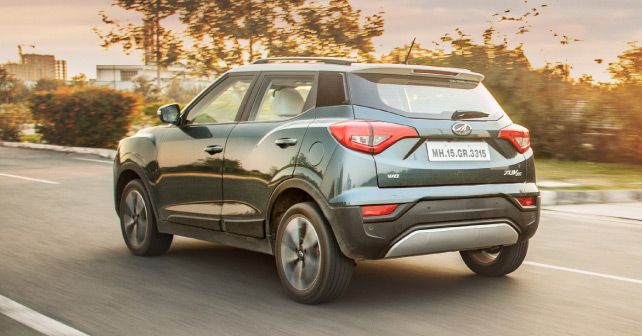
We drove 1.5-litre diesel engine, the same as the Marazzo from last year, but the XUV300 gets 115 ponies to play with, which, along with 300Nm of torque, makes it the most powerful SUV in this segment. Not only is the engine refined, but it also packs a punch – one that’s powerful enough to make Mike Tyson proud. Once it crosses 1,500rpm, it really pushes you back in your seat.
The manual 6-speed gearbox has long throws, but with 300Nm of torque available on tap, you’re never forced to frequently shift gears. Like most of the vehicles in this segment, the mid-range power band is where the XUV300 is happiest. As far as the clutch is concerned, it’s certainly light but the pedal travel feels unnecessarily long and will take some getting used to.
The XUV300 also scored high points in terms of ride quality. As a matter of fact, it easily carpeted potholes and ditches. The soft suspension set up is actually the best in class. And it handles too. It’s quite stable around corners, although there is a little bit of body roll.
The XUV300 is certainly very impressive and could well have finished higher up in the standings, but, with some questionable quality on our test car, we’ll just have to wait and see just how durable it really is.
The Sultan of Swing
The Vitara Brezza might be the closest to a rugged looking SUV in this class, but it has begun to show its age. Even though there are newer and more cutting-edge options on the market, the demand for the Brezza doesn’t seem to be slowing down. It remains the best-selling crossover in India – outselling many B-segment hatchbacks and sub-4 metre sedans.
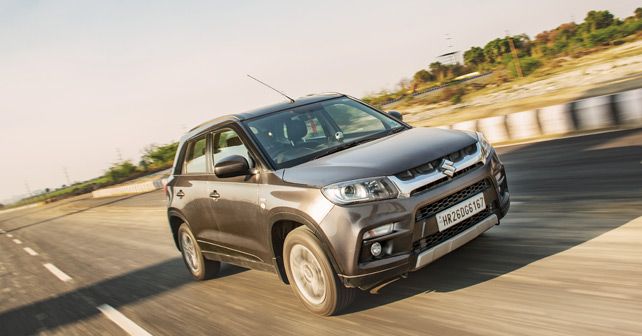
The Brezza continues to be powered by the 1.3-litre MultiJet engine, which churns out 89bhp and 200Nm of torque. Frankly, this Maruti SUV feels very mechanical, as the engine clatter and noise in the cabin is quite prominent. And this sensation only gets worse as you pick up speed. Moreover, the turbo lag remains pronounced under 1,750rpm. But once the turbo kicks in, it transforms into a different beast altogether. The Brezza feels a lot faster than the rest of the SUVs here, barring the all-powerful XUV300. On paper, it may be the least powerful, but as it’s the lightest among the four it has a big advantage in terms of its power-to-weight ratio.
And, in terms of handling, no other SUV in this segment can even get close to the Brezza – let alone beat it. The firm suspension is an absolute delight around corners. Sure, the tyres tend to screech, but they offer plenty of grip as you blaze through corners. As fun as it is though, it’s a double-edged sword for it compromises on ride quality. The ride can get quite bumpy, especially on our broken roads. As a result, the rear passengers can suffer.
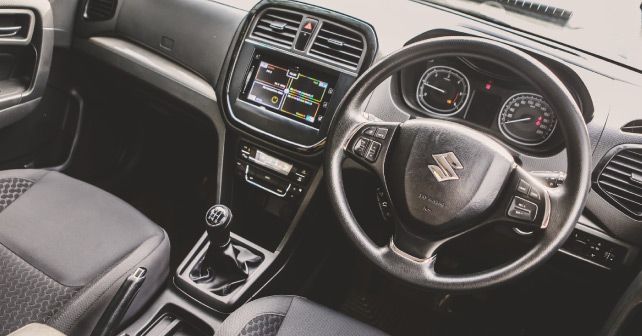
Maruti has put a lot emphasis on safety, and last year it managed to secure a four-star rating in a crash test conducted by the Global NCAP New Car Assessment Programme. It was awarded four stars for adult occupant protection and two stars for child occupant protection. The Brezza comes loaded with safety features like dual airbags, ABS with EBD, high-speed warning alert, ISOFIX child restraint system, reverse parking sensors, as well as front seat belt pre-tensioners and force limiters as standard across all variants.
The Brezza is a real driver’s SUV, but due to its harsh ride and utilitarian cabin, with small seat squabs that lack under-thigh support, it finishes second best.
Yoda would approve
Ford vehicles are known for their sharp dynamics, but the current EcoSport is all about finding that perfect balance between ride and handling. The steering continues to be precise, but it lacks that direct feel of the original. But this has been purposefully done to make driving in peak hour traffic – and parking – easier. The EcoSport uses low-profile tyres and a tweaked suspension for improved ride quality. But still, there are times when you do feel bumps and thuds. The good news is that it hasn’t lost any of its handling prowess, and the tyres continue to provide good grip. Body roll is well controlled too.
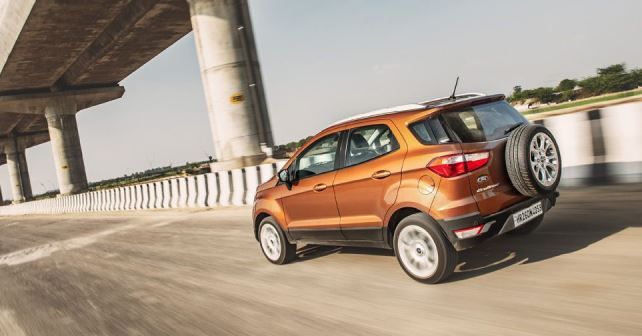
The 99bhp 1,498cc engine offers a smooth and linear power delivery. Step on the pedal, and the engine responds instantly. The best part is that the cabin noise is down to a minimum. The 5-speed manual transmission, though, does require a bit more effort than most.
The cabin has solid build quality, as expected from a Ford vehicle, but it’s the 8-inch touchscreen infotainment system that hogs the limelight – as it offers a crisp display, while being very intuitive and user-friendly. It’s by far the best in its class.
Now, the EcoSport has been criticised for having limited legroom for rear passengers, but it has the best seats in the segment and comes with big seat squabs and decent under-thigh support. The front seats remain our favourite, as they provide enough side support to offer a snug and comfortable experience.
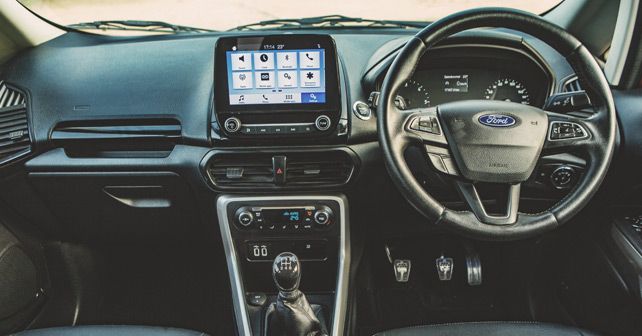
Final word
Both the Nexon and XUV300 are very attractive propositions, with spacious cabins, plenty of safety and comfort features. They both stand out in their own way, but sadly both suffer from quality issues that still need ironing out. Bear in mind that Hyundai will be entering the party in this segment later this year as well, and they’re sure to up the game as well.
The Brezza continues to be the most fun to drive, but Maruti needs to give it a facelift – as it’s starting to look dated. What works for the Brezza, however, is the fact that it offers numerous customization options. The eldest gentleman in the segment, the EcoSport, continues to be the most complete product that has excellent handling, comfortable seats and a powerful engine. Overall, it remains a perfectly balanced machine with a solid build.
Also read - Maruti Suzuki Ertiga + Mahindra Marazzo + Toyota Innova + Kia Carnival
Kodiaq vs Tiguan vs Compass vs Hexa vs MU-X vs Endeavour: Comparison
Engine: 1,497cc / 4-Cylinders / 16-Valves / Turbocharged
Fuel: Diesel
Transmission: 6-Speed Manual / Front-Wheel Drive
Power: 108bhp @ 3,750rpm
Torque: 260Nm @ 1,500-2,750rpm
Price: ₹10.10 lakh (Ex-showroom, Delhi)
X-factor: The 1.5-litre diesel motor ensures that the Nexon is a hoot to drive. And it doesn’t hurt that this is the safest machine here.
| Pros • Crowd puller • Driving dynamics | Cons • Questionable reliability • Engine vibrations • Will age quickly |
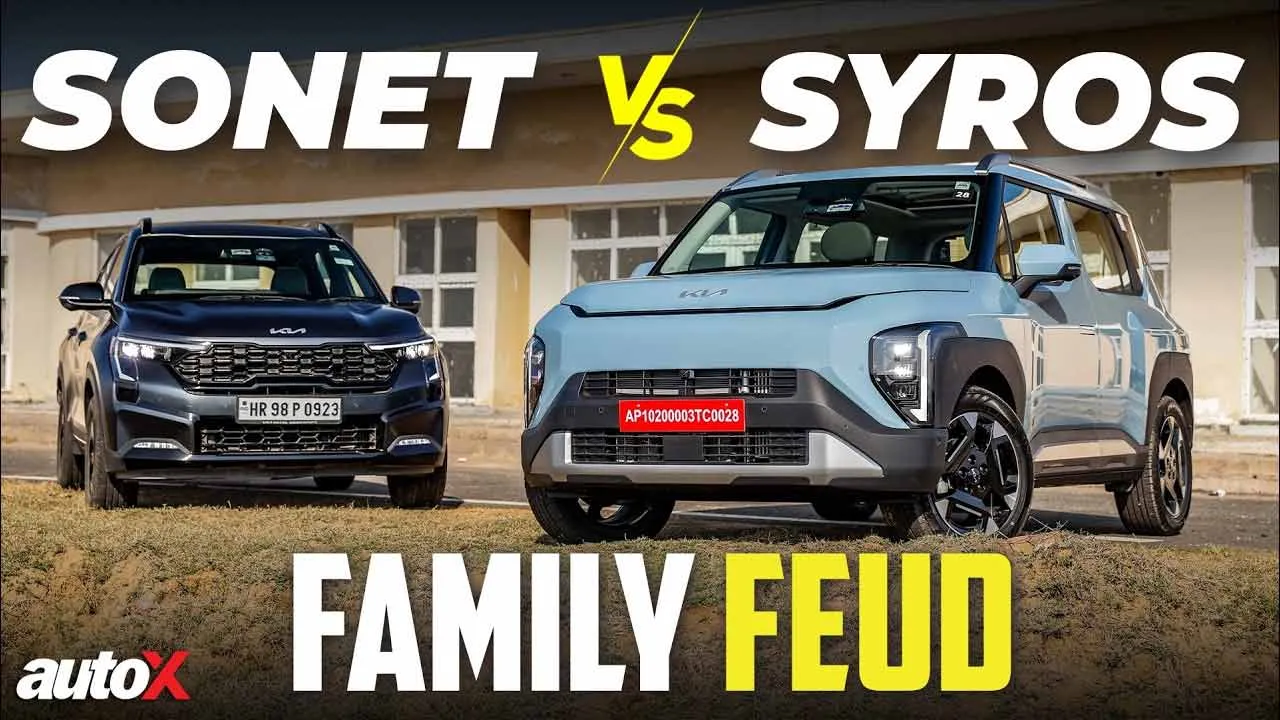

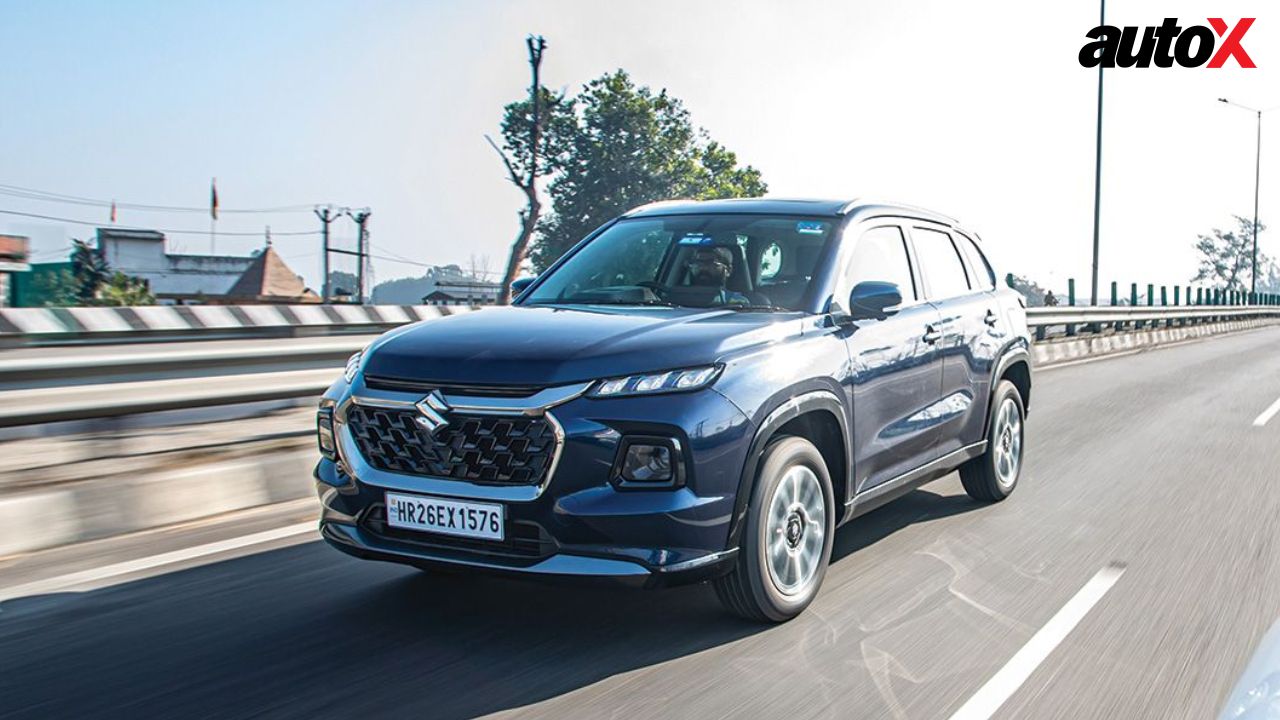



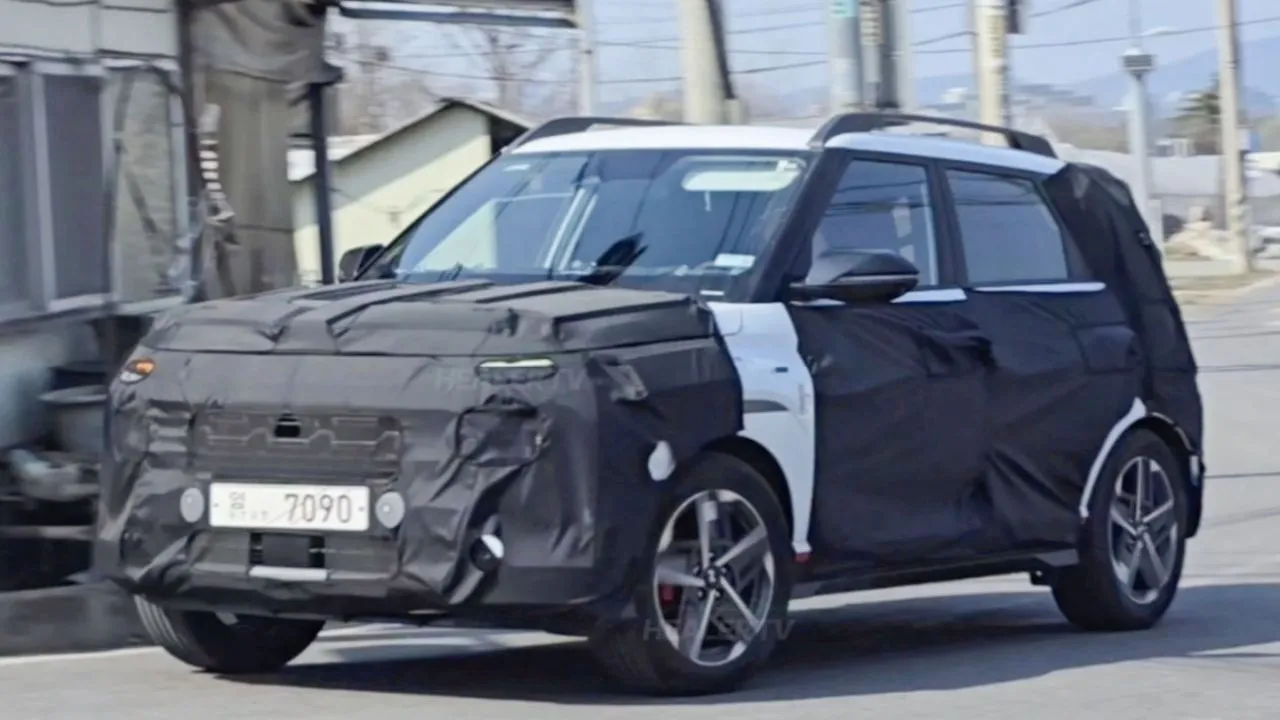
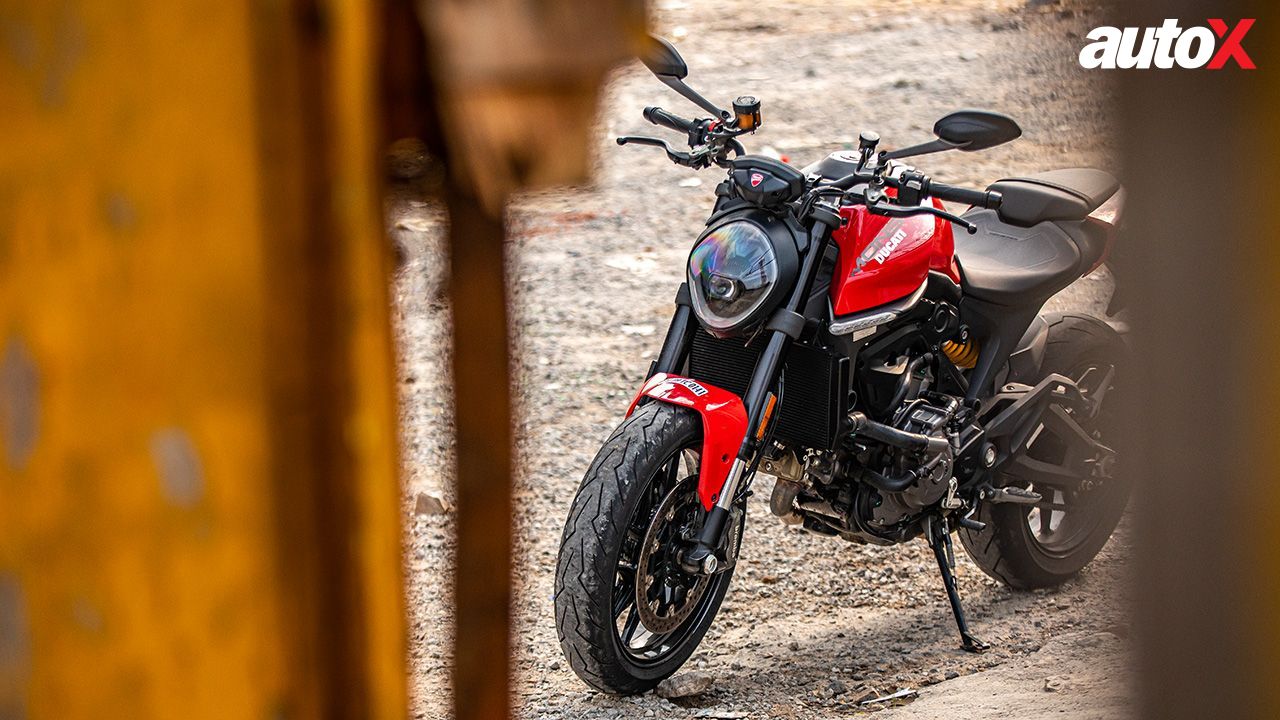
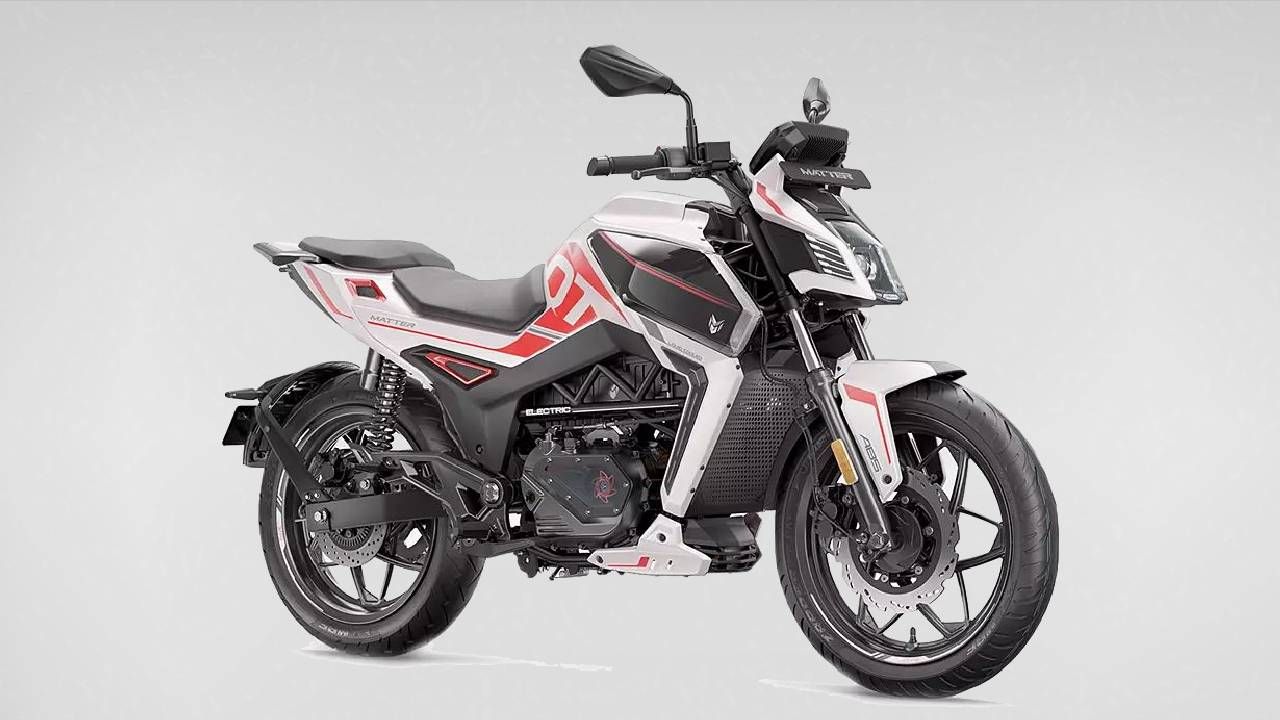





















Write your Comment on